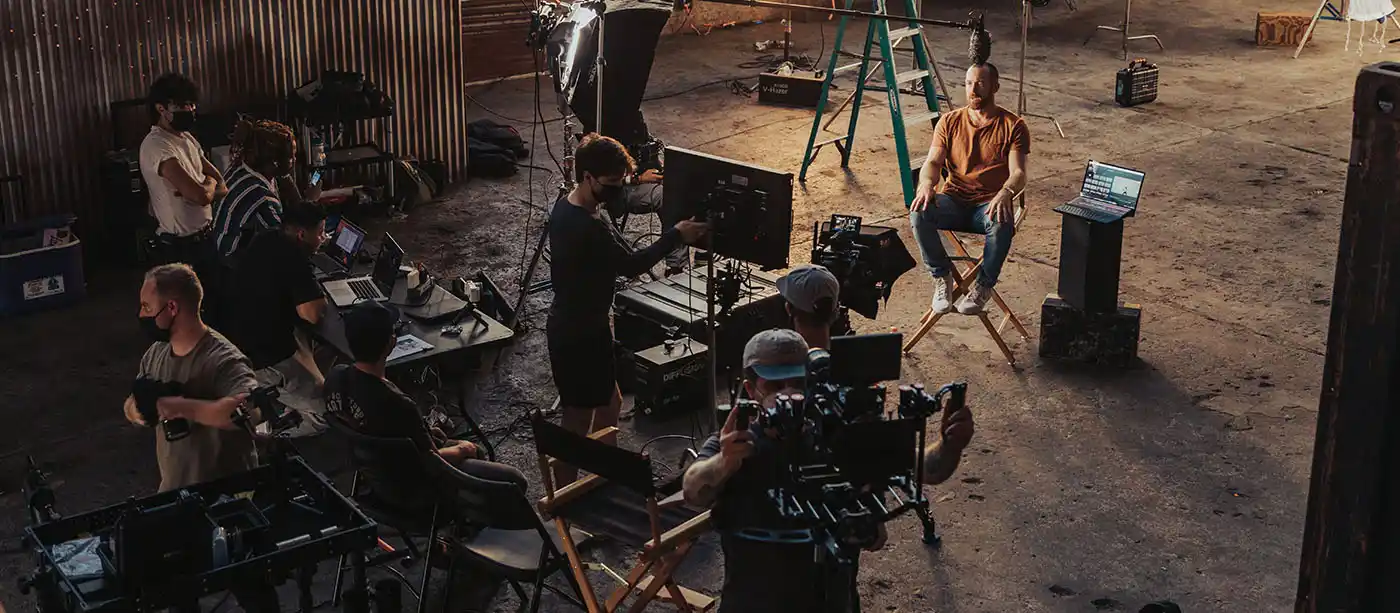Literacy extends far beyond the ability to read and write. Visual media, including documentary films, have become powerful educational tools that can captivate students’ attention and encourage critical thinking. For educators looking to engage their students in meaningful discussions about complex issues, documentary movies offer a unique opportunity to explore real-world topics in a compelling format. Whether you’re a teacher planning a lesson or a student tasked to write my lab report on a documentary analysis, these films can provide valuable insights and inspiration.
The Power of Visual Storytelling

Documentary films have the ability to transport viewers into different worlds, offering a window into diverse experiences and perspectives. For students, especially those in middle and high school, documentaries can make abstract concepts tangible and relatable. By showing how issues affect real people, these films can foster empathy, encourage critical thinking, and inspire action.
Exploring Social Issues
Many documentaries tackle pressing social issues that are relevant to students’ lives. “Bully,” for instance, is a powerful film that addresses the pervasive problem of bullying in schools. While it can be difficult to watch, it’s an essential viewing that encourages students to stand up against bullying and reinforces the idea that everyone can make a difference. Teachers using this film should be prepared to create a safe space for discussion and provide resources for students who may be affected by the content.
Another impactful documentary is “Girl Rising,” which explores the challenges faced by girls in various parts of the world, including inequality, human trafficking, and child marriage. While these topics are intense, the film presents them in a way that’s appropriate for teenage viewers and sparks important conversations about global issues and education as a path to empowerment.
Inspiring Change-Makers
Documentaries can also introduce students to inspiring role models who have overcome adversity to make a difference in the world. “He Named Me Malala” tells the story of Nobel Prize-winning activist Malala Yousafzai, presenting her as both an extraordinary hero and a relatable teenager. This film can lead to discussions about what it means to be a real-life hero and encourage students to explore causes they’re passionate about.
“The Revolution Generation” focuses on young activists working to address global challenges like climate change and racial injustice. By highlighting youth-led movements, this documentary can inspire students to believe in their own power to effect change and motivate them to take action on issues they care about.
STEM and Innovation
For educators looking to spark interest in STEM fields, several documentaries offer engaging narratives that showcase the excitement and impact of scientific pursuits. “Underwater Dreams” tells the inspiring story of a group of low-income high school students who beat top universities in a robotics competition. This film not only highlights the importance of STEM education but also addresses issues of immigration and socioeconomic barriers in education.
While not mentioned in the original text, it’s worth noting the documentary “Big Dream,” which explores the experiences of young women in STEM fields across the globe. This film challenges gender stereotypes and encourages girls to pursue their passions in science, technology, engineering, and mathematics. By showcasing diverse role models, “Big Dream” can inspire students, particularly young women, to envision themselves as future innovators and problem-solvers.
Representation and Identity
Documentaries can play a crucial role in addressing issues of representation and identity. “Wonder Women! The Untold Story of American Superheroines” examines the cultural impact of female superheroes, particularly Wonder Woman, and how representations of women in media have evolved over time. This film can lead to thoughtful discussions about gender roles, media literacy, and the importance of diverse representation in popular culture.
“Life, Animated” offers a unique perspective on autism, telling the story of a young man who uses Disney movies to understand and communicate with the world around him. This touching documentary can foster conversations about neurodiversity, communication, and the power of storytelling in our lives.
Global Perspectives
Many documentaries offer students a glimpse into lives and cultures different from their own. “I Am Eleven” follows 11-year-olds from around the world, allowing viewers to see both the similarities and differences in their experiences. This film can be an excellent starting point for discussions about global citizenship and cultural understanding.
“Writing with Fire” showcases the bravery of Dalit women journalists in India, offering insight into caste discrimination and the power of journalism to effect change. This documentary not only highlights important social issues but also demonstrates the impact of digital media in amplifying marginalized voices.
Historical Context and Civil Rights
Documentaries can bring historical events and figures to life for students. “John Lewis: Good Trouble” profiles the late civil rights leader and congressman, tracing his activism from the 1960s through his later political career. This film provides a personal lens through which to examine the civil rights movement and ongoing struggles for equality, encouraging students to consider their own roles in creating social change.
Problem-Solving and Teamwork
Some documentaries showcase remarkable examples of problem-solving and collaboration. “The Rescue” recounts the dramatic 2018 rescue of a boys’ soccer team from a flooded cave in Thailand. This nail-biting documentary highlights the power of international cooperation, innovative thinking, and perseverance in the face of seemingly impossible odds.

Integrating Documentaries into the Classroom
When using documentaries in educational settings, it’s important for teachers to prepare thoroughly. This includes:
- Previewing the content to ensure it’s appropriate for the age group and to identify potential trigger warnings.
- Developing discussion questions and activities to engage students before, during, and after viewing.
- Providing context and background information to help students understand the issues presented.
- Creating opportunities for students to reflect on and respond to the content, whether through writing, discussion, or creative projects.
- Connecting the documentary’s themes to broader curricular goals and real-world applications.
Many of the documentaries mentioned come with educational resources, such as discussion guides and lesson plans, which can be invaluable for teachers looking to integrate these films into their curriculum effectively.
Conclusion
Documentary films offer a powerful medium for engaging students with real-world issues, inspiring empathy, and encouraging critical thinking. From social justice and STEM to personal identity and global perspectives, these films can spark important conversations and motivate students to become active, engaged citizens.
By carefully selecting and thoughtfully presenting documentary films, educators can create transformative learning experiences that extend far beyond the classroom. These visual narratives have the power to open minds, challenge assumptions, and inspire the next generation of thinkers, innovators, and change-makers.
